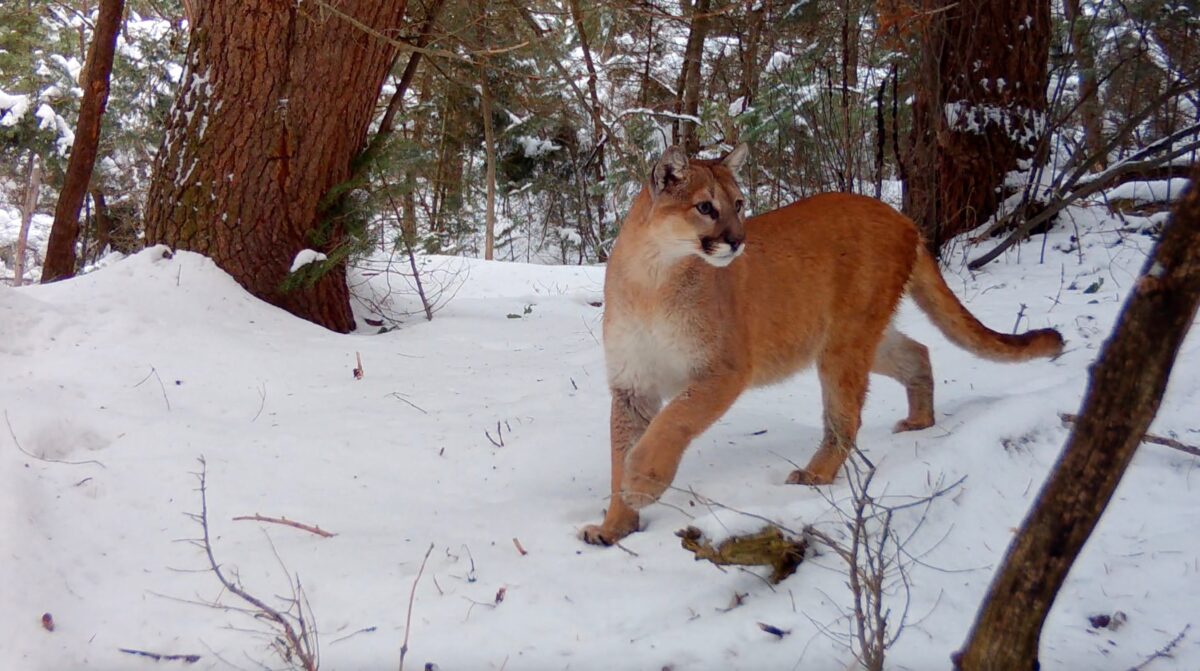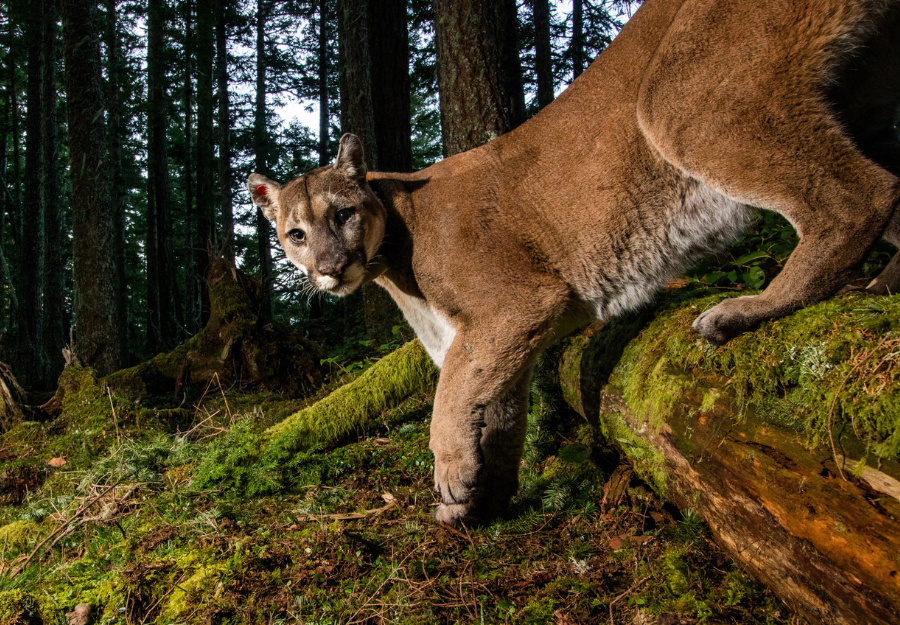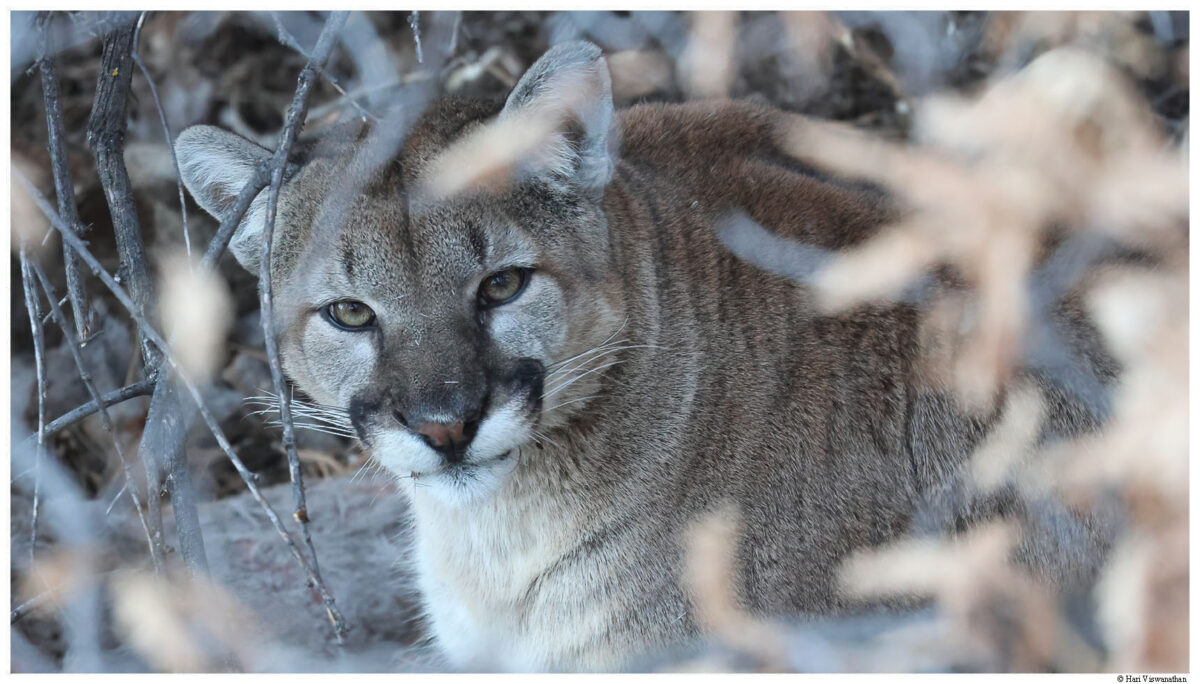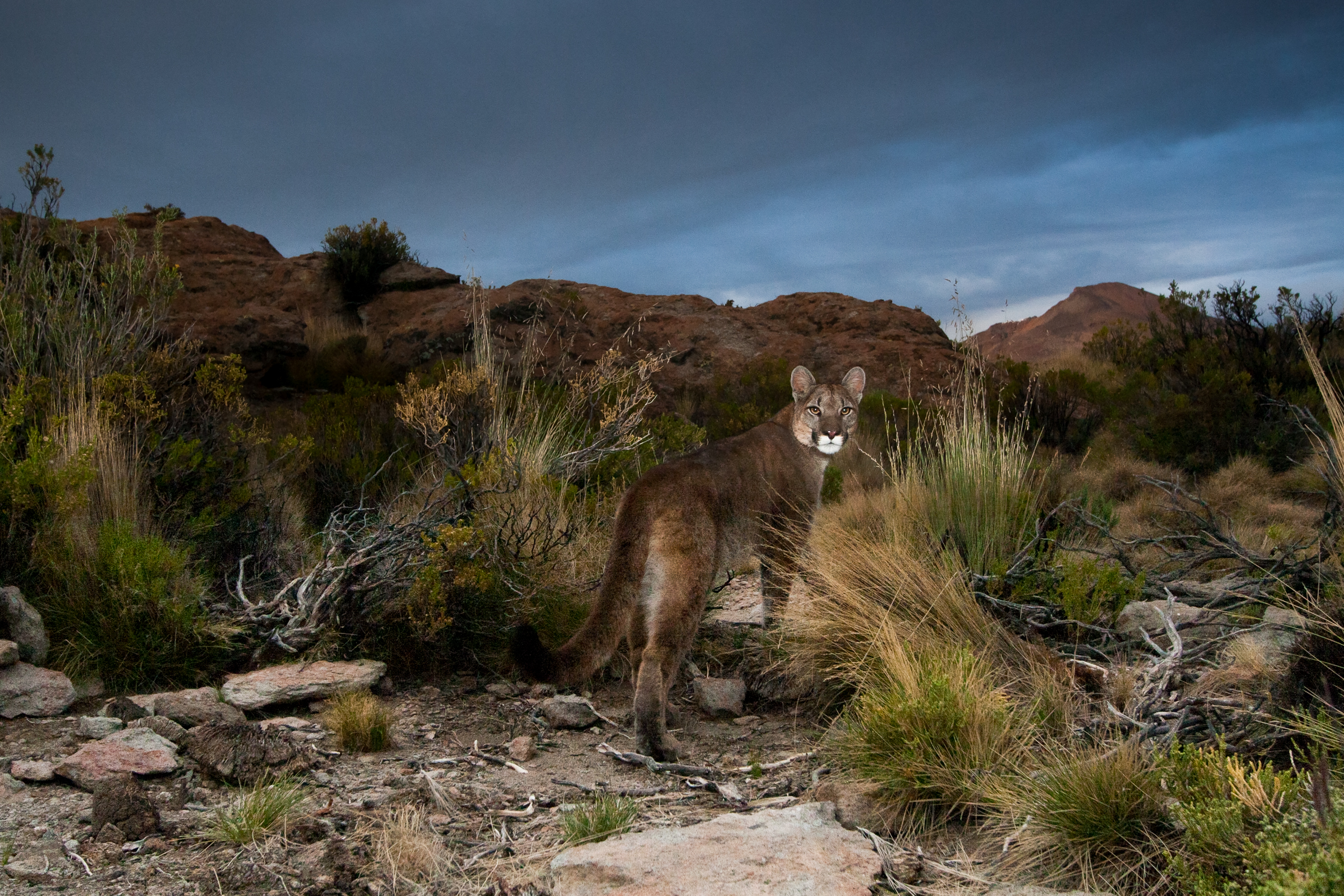One of the many goals of the Mountain Lion Foundation is to protect important mountain lion habitat and promote habitat connectivity. Even when laws and regulations protecting habitat and wildlife are in place, it’s still important to put pressure on local officials to make sure such protections are enforced.
Right now, in Southern California, MLF has been working alongside the U.S. Fish and Wildlife Service and the California Department of Fish and Wildlife, as well as other groups, to try to convince developers to honor local construction restrictions and develop in such a way that won’t obliterate critical mountain lion habitat.
In Temecula, between Los Angeles and San Diego, the Altair development plans to build on 270 acres along I-15. The proposed project consists of more than 1,500 housing units, an elementary school, a park, and a new major road. The development overlaps with areas already protected under the local Multi-Species Habitat Conservation Plan, or MSHCP, but that protection isn’t enough to keep this area safe. Developers propose to mitigate local damage by restoring habitat elsewhere. This is an approach often taken by developers, and as any of you who have seen a wetland restoration in the center of a highway cloverleaf know, it’s an approach that often fails. In this case the proposed development would cause harm to the local wildlife that Altair has no way to mitigate.
The most critical part of the development plans fall on a 55 acre southern parcel that developers have dubbed the “civic site”, which is reserved for a hospital, school, or convention center. At face value it might seem like a good idea to build a hospital or school, but this case all of the potential development — the “civic site” in particular — is situated at the crossroads of the last remaining wildlife corridor connecting the Santa Ana Mountains to the rest of California. For the local mountain lions living in this mountain range, this is an absolutely critical area to preserve. These cats are surrounded by development: encircling the northern part of the range are the large, populous cities of Santa Ana, Pasadena, and Riverside. To the southwest the Santa Anas are hemmed in by the Pacific Ocean, and to the south and southeast are Oceanside, Temecula, Lake Elsinore, and other urban towns.
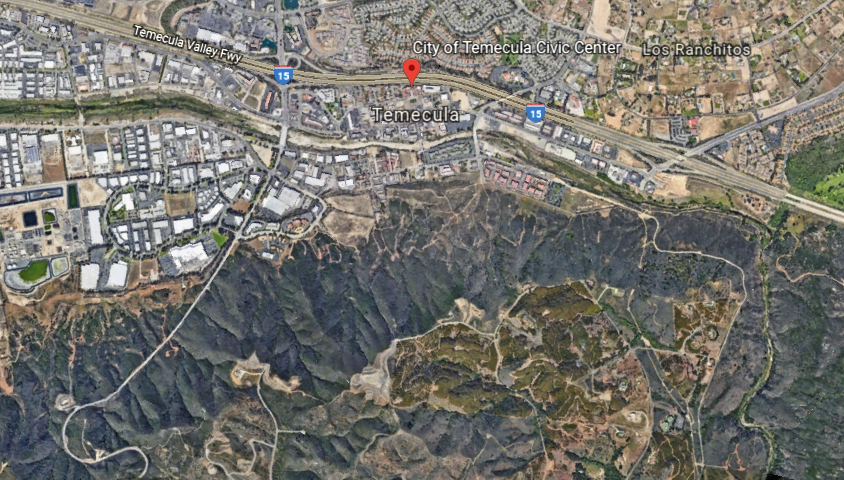
There is only a small sliver of remaining greenspace running south of Temecula city limits that allows passage between this mountain range and the rest of California. That hillside corridor, pictured above, would effectively be cut in half should development proceed as planned. Even with this last remnant corridor intact, mountain lions currently living in this isolated mountain range have one of the lowest survival rates and lowest genetic diversity recorded for any population of mountain lions in the West. This problem is likely to worsen in time, especially if the condition of this corridor is eroded, which is exactly what the proposed development would do.
Low dispersal rates can still provide significant benefits: in order to keep a population like this viable, it only takes one new individual moving to the area every few years. The proposed development, especially the plans for the southern parcel, would almost certainly bring any sort of dispersal to a screeching halt. This could mean the end for mountain lions in the Santa Ana Mountains altogether. New scientific findings demonstrate that lack of habitat connectivity, and subsequent lack of genetic diversity, could mean an extinction risk up to 99.7% within the next fifty years!
Since the project’s inception critics have pointed to several “significant and unavoidable” impacts in the project’s environmental impact report that range from air quality and greenhouse gas emissions to increased background noise and traffic, and mountain lion habitat degradation. Comments have been submitted by large NGOs like the Nature Conservancy and the Sierra Club, government entities such as the U.S. Fish and Wildlife Service and California Department of Fish and Wildlife, as well as numerous private citizens and scientists.
Despite this outcry, on November 30th, 2017, the Temecula Planning Commission voted 5-0 in favor of recommending the project to the City Council. But there’s still hope — there are still other hurdles the Altair development must clear before they can break ground. MLF will be considering further negotiation with the city to include some of the measures requested in our letter to the commission and working with other environmental organizations to consider next steps. The Mountain Lion Foundation and our allies will be there every step of the way to fight for the safety of California’s mountain lions!



 Facebook
Facebook Twitter
Twitter Send Email
Send Email